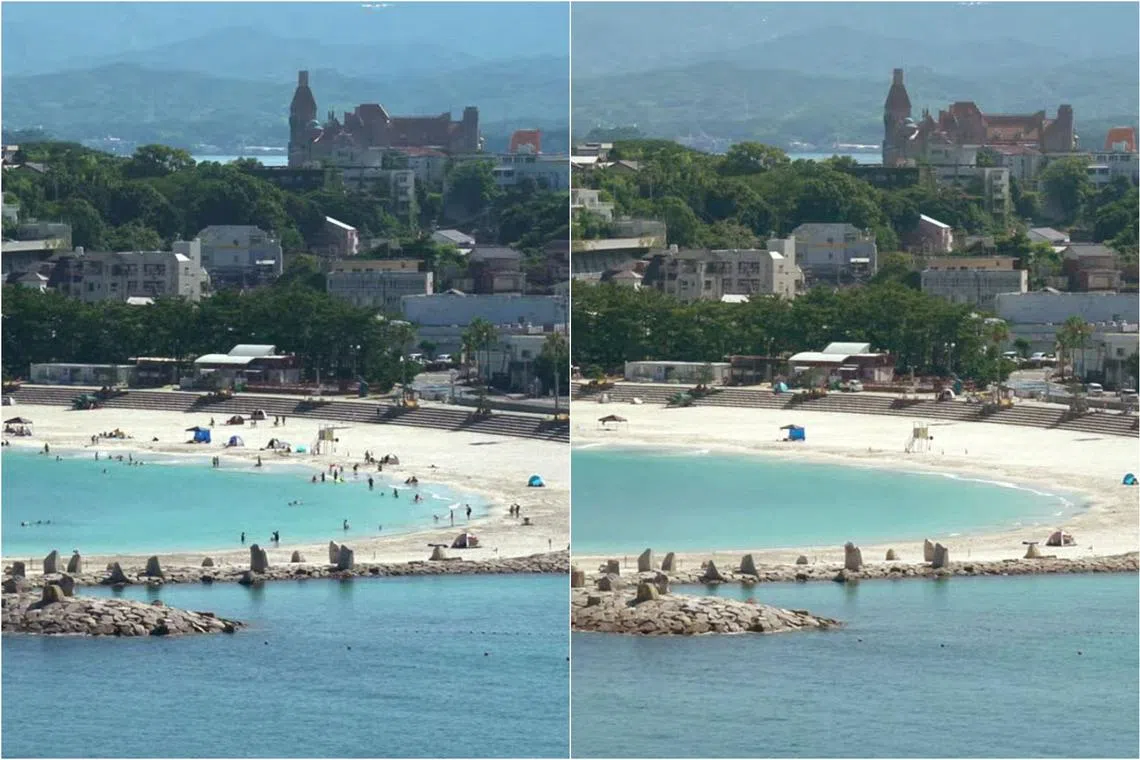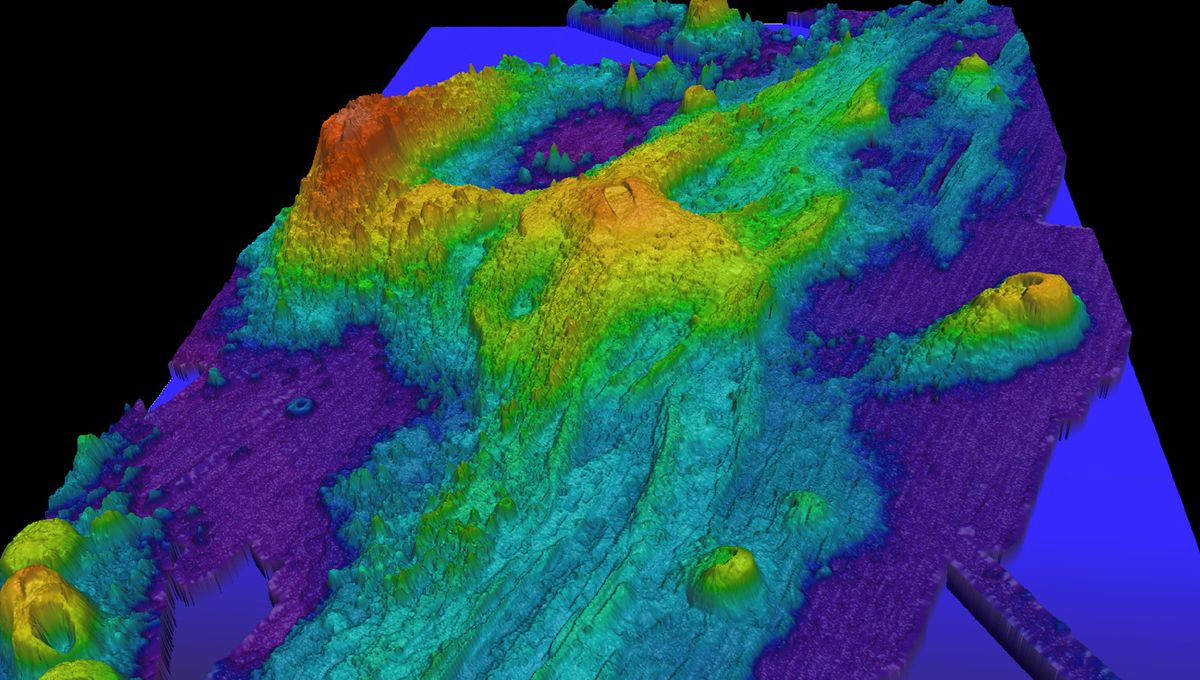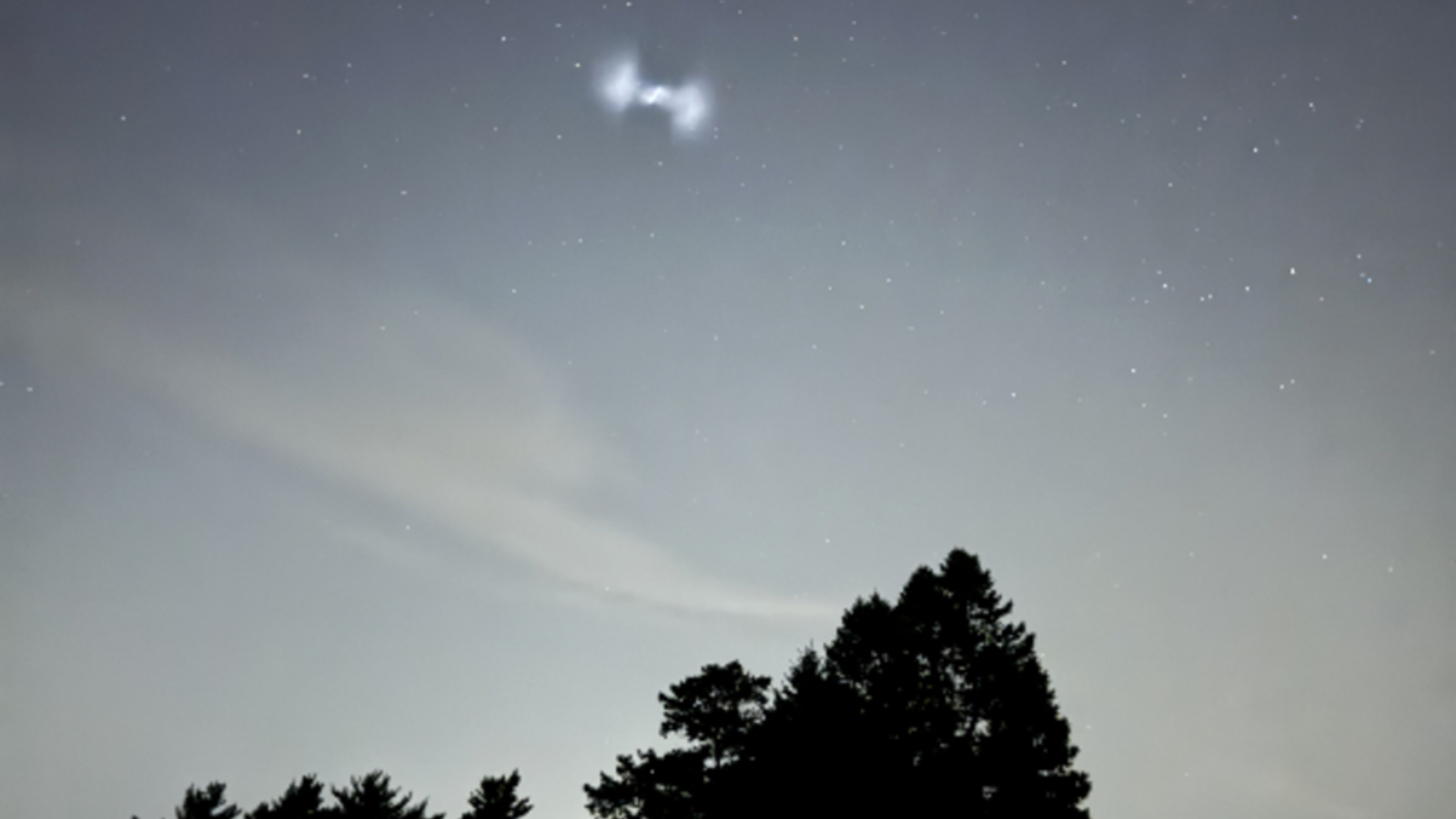8.8 Magnitude Earthquake Strikes Kamchatka: Tsunami Threat Looms!

Did you know that on July 30, an 8.8-magnitude earthquake rocked the Kamchatka peninsula in Russia, unleashing tsunami waves up to 4 meters high? This seismic event not only shook the ground beneath, but it also sent shockwaves across the Pacific, prompting immediate evacuation orders and a wave of panic reminiscent of Japan's devastating 2011 tsunami.
The earthquake, centered about 119 kilometers east-southeast of the city of Petropavlovsk-Kamchatsky, struck at a shallow depth of just 19.3 kilometers, making its impact felt far and wide. Buildings in this remote region suffered damage, and several residents reported injuries amidst the chaos. Fortunately, no fatalities have been reported.
As the tsunami warning reverberated through coastal communities, Japan's eastern seaboard – still healing from a past tragedy – was put on high alert. The evacuation orders echoed through towns, recalling the memories of a disaster that changed lives forever.
In Hawaii, residents were urged to seek higher ground while the U.S. Coast Guard swiftly moved to secure vessels from the impending tsunami onslaught. The urgency was palpable, as officials shared warnings across social media, reminding everyone to 'Take Action!' against the approaching waves.
In Kamchatka, waves were recorded reaching a staggering 3 to 4 meters, flooding ports and damaging processing facilities. "Today’s earthquake was serious and the strongest in decades," stated Governor Vladimir Solodov, encapsulating the gravity of the situation in a video shared on Telegram.
As sirens wailed across Japan's Pacific coast, thousands of residents scrambled to safety. Workers at the Fukushima nuclear plant were evacuated as a precautionary measure, skirting the shadows of past disasters. Meanwhile, footage from Hokkaido showed people congregating on rooftops, sheltering from the sun as they awaited news.
In Japan, reports from officials indicated no major injuries or damages so far, which seemed like a small blessing considering the potential for catastrophe. Meanwhile, in the Philippines and Indonesia, authorities issued warnings about smaller tsunami waves, urging communities to remain vigilant.
The U.S. Tsunami Warning System issued alerts of hazardous waves potentially reaching several shores, including those in Hawaii and Ecuador. President Trump even took to social media, urging citizens to stay strong and safe as the natural disaster unfolded.
Amidst all this turmoil, it's notable that the Kamchatka region sits on the Pacific Ring of Fire, an area infamous for its geological activity, making it prone to such dramatic seismic events. The Russian Academy of Sciences confirmed that this earthquake was the strongest in the region since 1952, but it surprisingly didn’t produce the intensity one might expect, casting a peculiar light on the nature of such disasters.
As the world watches and waits, our thoughts remain with those affected. The echoes of the earthquake serve as a stark reminder of the power of nature and the fragility of our lives.


























